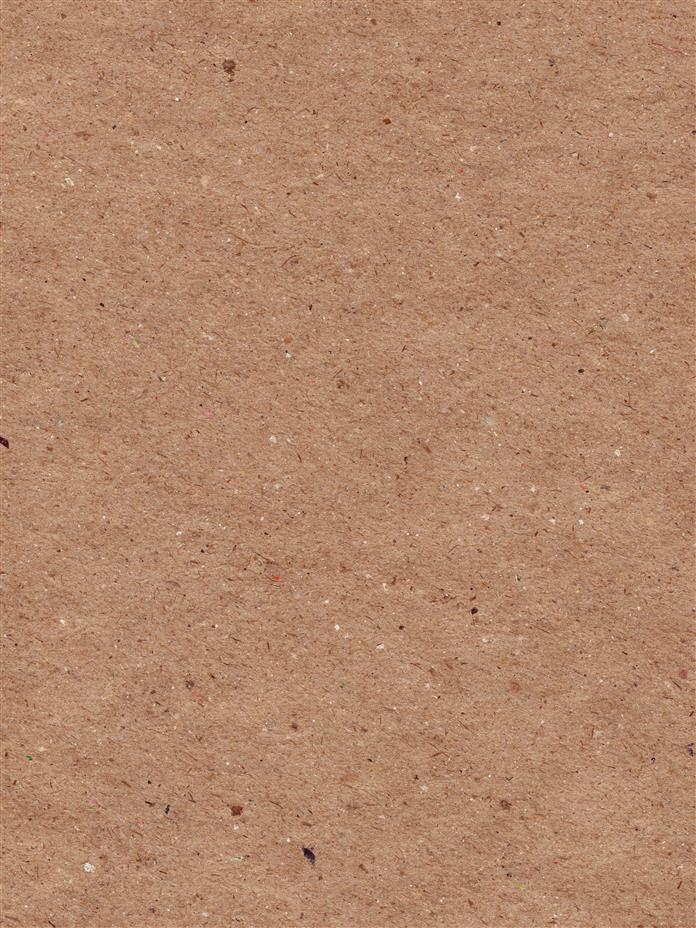
Tap to Read ➤
Thick Toenails
Thick toenails can be a very unsightly condition, as it results in discoloration of the toenails. Read this post to find out more on the causes, symptoms, and treatment for thick toenails.
Bidisha Mukherjee


One fine day, you may discover that one or more of your toenails have thickened. You may panic and wonder if it is a symptom of any underlying health problem. Rest assured that there is no need to fear, because it is a quite common ailment which is, fortunately, curable.

People with thick toenails have a tough time trimming them, in addition to getting embarrassed when these nails are seen while wearing sandals, or while at the beach.

Causes
There are a number of causes that can be responsible for making your toenails thick.
- Infection is a major cause. This infection can be caused by various forms of fungi or yeast. One of the most common form of fungal growth on the toenails is known as onychomycosis.

The dark, moist, and warm environment inside the shoes and socks is ideal for the growth of such toenail fungus. As a result, the nail bed gets infected, and the protective surface of the nail is damaged.

- Physical damage to the toenails may also result in thickening. This can happen due to running or playing while wearing ill-fitting shoes. In this case, the nail plate repeatedly gets rubbed against the shoes and it wears out. Injury due to the banging of a heavy object on the toenail can cause similar kind of damage.

- Elderly people may get thick toenails due to aging or the damage on the toenails sustained over a long period of time.
- Psoriasis is a kind of skin disease that can also produce such toenail growth.

Symptoms
- As the toenails grow thick it becomes discolored. There are several other obvious symptoms too.
- The nail can turn yellow, green, or some dark color.
- Infection makes the nail flaky, and splits may occur on its surface.

- If debris gets past the broken part, and gets collected under the nail, it is sure to give out a foul smell.
- If caused by psoriasis, tiny pits may form on the nail surface.

Treatment
When the thickening is due to physical damage, no treatment is required. Once the damaged nail grows out, one can get a toenail of normal thickness. When it is an infected toenail, treatment should start as early as possible. This is because, it takes a lot of time to get rid of the problem.

Doctors prescribe antifungal liquid and cream ointments for use on affected toes. They prescribe medicines like antibiotics for oral administration. The affected person is advised to keep a good foot hygiene, which involves wearing clean cotton socks, rotation of shoes, and maintaining dry feet. This is done to prevent further spread of the infection.

Natural Remedies for Thick Toenails
The treatment has to be continued for 3 months. For some people, it can continue for a longer period of time. The medicines, if used for a long time, can have adverse effects on health. For this reason, people prefer home remedies rather than conventional medicine. Here are some of the best ones to treat this annoying problem.

White Vinegar: This is a simple treatment that can cure thick toenails effectively. Soak your infected toes for about 15-20 minutes in some warm water. File off the damaged top layers of the nails, using a nail buffer.

If required, clip the toenails short. As the water softens up the nails, you will find that the task of clipping the nails will be much easier. Then, dip a cotton ball in a dish of white vinegar, and rub it thoroughly over the affected nail. If you do this daily you will find significant improvement in the nail condition.

Tea Tree Oil: This essential oil possesses excellent antifungal and antiseptic properties. In its pure form, it may not be suitable for every one, as it gives a stinging sensation. Therefore, you can dilute one ounce of tea tree oil with four ounces of olive oil and apply it on the nails. This should be repeated twice a day to get the desired results.

The time taken to cure the problem of overgrown, thick toenails is quite long. In fact, the time required to replace the affected toenail is even longer. It may require about 18 months before you get a new toenail. For this reason, you should prevent recurrence of fungal infection.

The fungus can spread through direct contact with an infected person. This can be prevented if you avoid sharing public showers in gyms and hotels, and shoes or shocks with others. If you visit a nail salon, make sure the emery board is disinfected properly, before use.

Disclaimer: This post is solely for informative purpose and not intended to replace the advice of a medical expert.